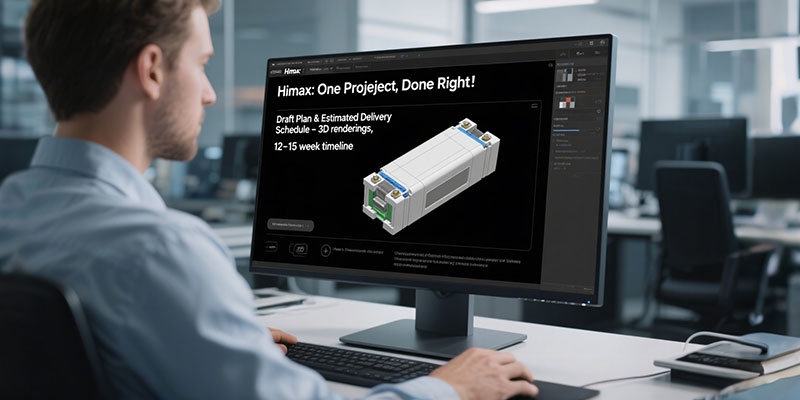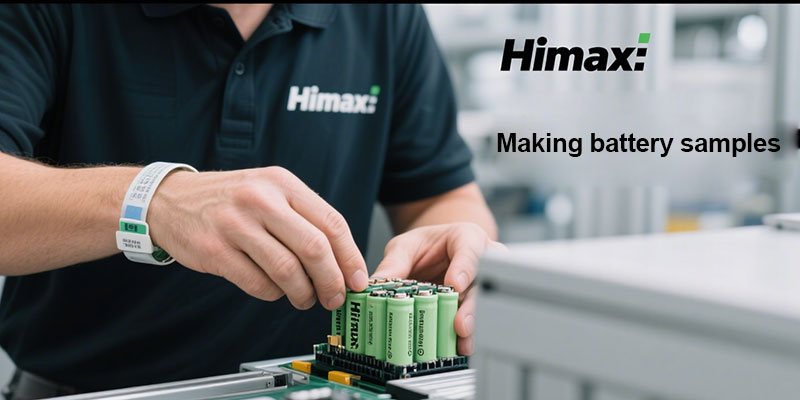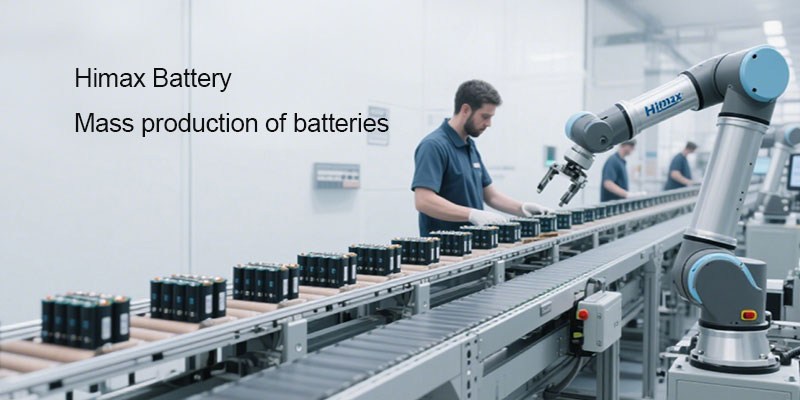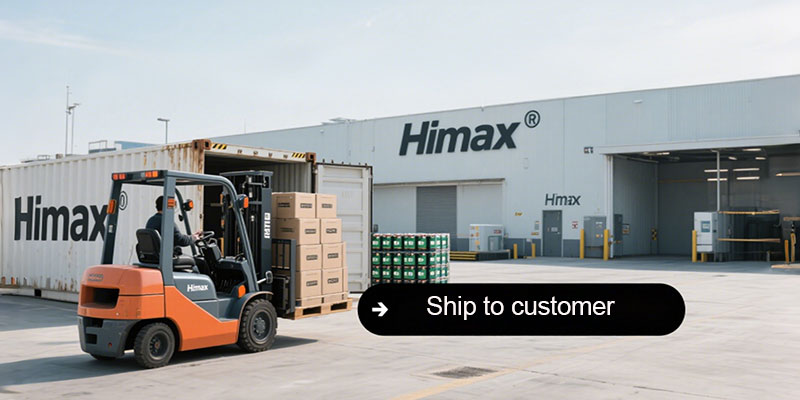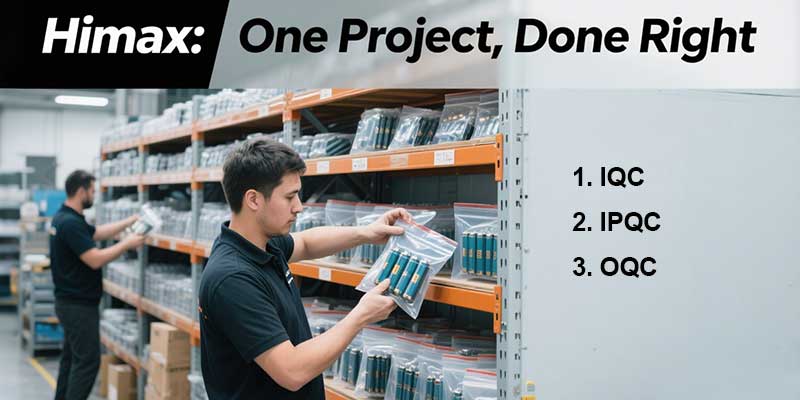Have you ever felt frustrated because a standard battery just doesn’t fit your device, fails too quickly, or doesn’t meet safety expectations? You’re not alone. Countless engineers and product teams grapple with the same issues.
Custom lithium battery design isn’t just “pick a capacity and ship it”—it’s a collaborative process to craft a solution that fits your application perfectly, safely, and reliably. To demystify this journey, this guide breaks down every stage, from initial consultation to small-batch delivery, so you’ll know exactly what to expect at each step.
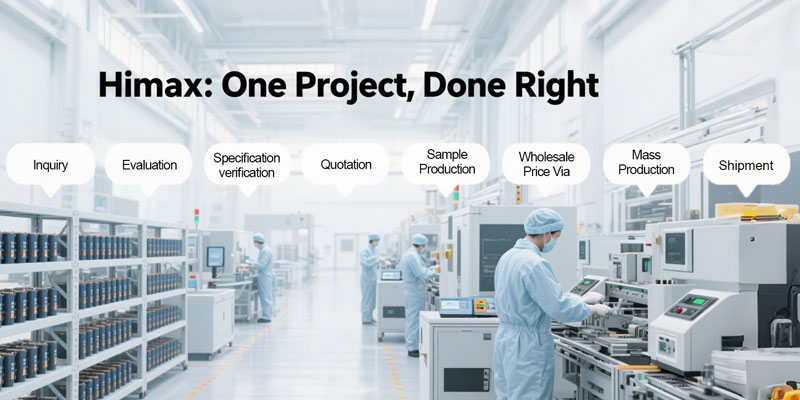
First, we start with a conversation: Our team listens closely to your application requirements—voltage, current peaks, operating environment, temperature ranges, run-time needs, and safety standards.
Next comes the feasibility evaluation: We assess whether lithium-ion chemistry is viable for your use case, suggesting options like LFP or NMC. We’ll also share a rough timeline and cost estimate early on, so you have a clear sense of what’s possible from the start.
Once we’ve aligned on the basics, it’s time to turn ideas into concrete parameters: We guide you through a concise form to capture technical details—preferred BMS communication (CANbus, UART, RS-232), connector types, capacity range, and mechanical dimensions.
Why does this matter? This structured document ensures no details slip through the cracks, letting us move from vague concepts to clear engineering specs efficiently.
With your requirements in hand, we share a preliminary project outline: This includes 3D renderings, wiring diagrams, and a tentative production timeline (typically 12–15 weeks).
Your role here? Review the plan and confirm that the model, specs, and delivery window align with your expectations.
Once the draft plan is confirmed, we shift to visualizing your
battery early: You’ll receive a detailed spec pack featuring a 3D model, wiring diagram, BOM lists, thermal layout, and housing design.
Collaboration is key here: We identify potential conflicts upfront (e.g., connector clearance issues, heat dissipation needs) and iterate until the design “clicks.”
After finalizing the design, we move to prototype production—starting with rigorous cell matching: Individual cells are sorted by voltage (±5 mV), internal resistance (±15 mΩ), and capacity (±5 mAh) to ensure consistency and safety.
Next, we run a full test regime: This includes cycle life testing (≥ 100 cycles), short-circuit checks, overcharge/over-discharge protection verification, thermal management tests, and UN38.3 compliance verification.
We also focus on industry-grade BMS debugging: Validating communication stability (CANbus/UART/RS-232), overvoltage/undervoltage protection, and temperature fault triggers.
Once testing wraps up, we share a detailed report—and invite your feedback for minor adjustments. For example, if voltage sag exceeds expectations or casing geometry needs tweaks, we’ll fine-tune the design promptly.
The goal? Fast resolutions that keep your project momentum intact.
After iterations, we formalize standardized documentation: This includes all technical specs, test procedures, assembly instructions, and packaging guidelines.
We also lock in quality control protocols: These cover cell matching, insulation testing, thermal runaway protection, and leakage inspection.
Additionally, we handle logistics & compliance: From packaging design (IP 67/68) to UN38.3 shipping certification and import/export documentation, we’ve got you covered.
Finally, we ensure careful packaging: Anti-static wrap, shock-absorbent inserts, and robust outer cases guarantee your batteries arrive safely.
You’ll stay in the loop with delivery confirmations: We notify you at every milestone—shipped, in transit, customs cleared, delivered.
And our support doesn’t end there: Post-shipment, we’re available for performance monitoring, firmware updates, or lifecycle testing—whatever keeps your project on track.
To streamline your start, we’ve prepared key resources:
✅ A downloadable Project Requirement Form to quickly fill in your specs
✅ A BMS Communication Matrix to identify which protocol suits your device
✅ A Prototype Test Report Template to clarify what we test and how we measure results
(Download links or CTAs can be inserted here)
For example, one of our medical equipment clients needed a slim, high-capacity battery for long-duration operation. Their off-the-shelf options failed to fit the enclosure, and performance lagged.
Here’s how we solved it:
Through video consultations and rapid iterations, we converged on a viable design in just 5 weeks.
From first communication to small-batch delivery, the entire project took 12 weeks—with zero rework.
The client reported smoother integration and reliable long-term performance—exactly the outcome they needed.
In summary, building a
custom lithium battery doesn’t have to be a mystery. With clear milestones, expert support, and transparent communication, you can feel confident at every phase. At Himax, we deliver more than batteries—we deliver certainty.
Ready to start?
- Upload your specs for a complimentary feasibility review
- Download our requirement form
- Contact Himax Battery for a personalized consultation
Let’s build the exact battery your product deserves.

